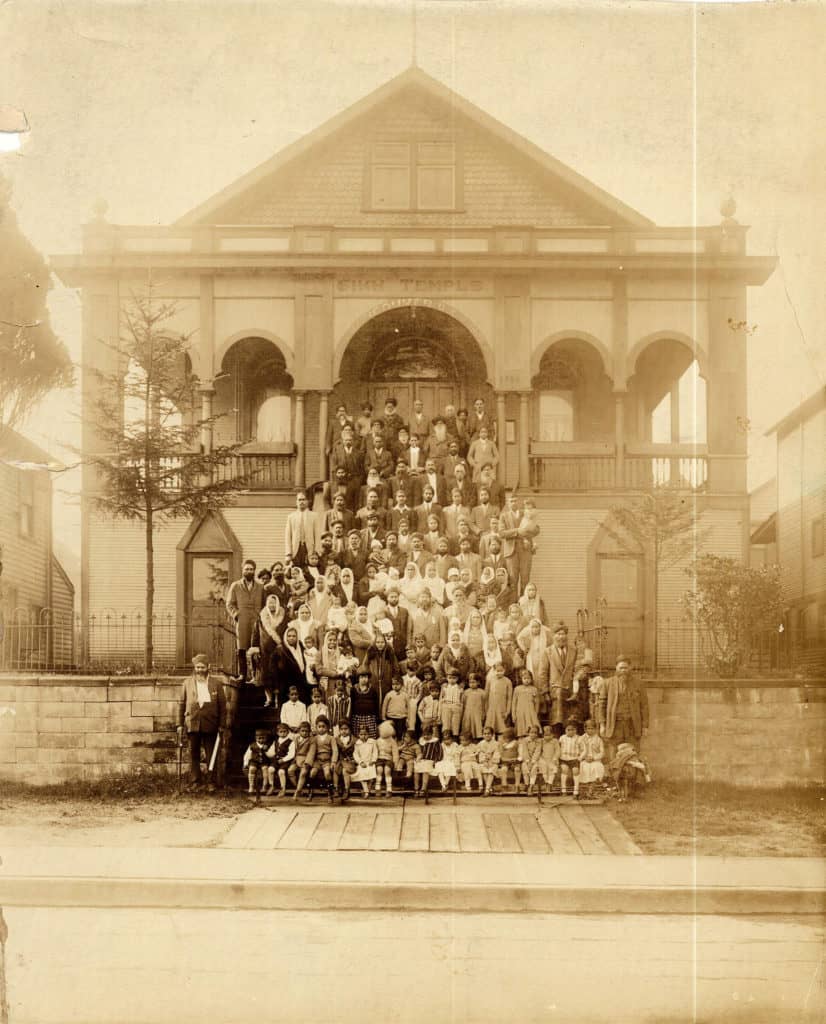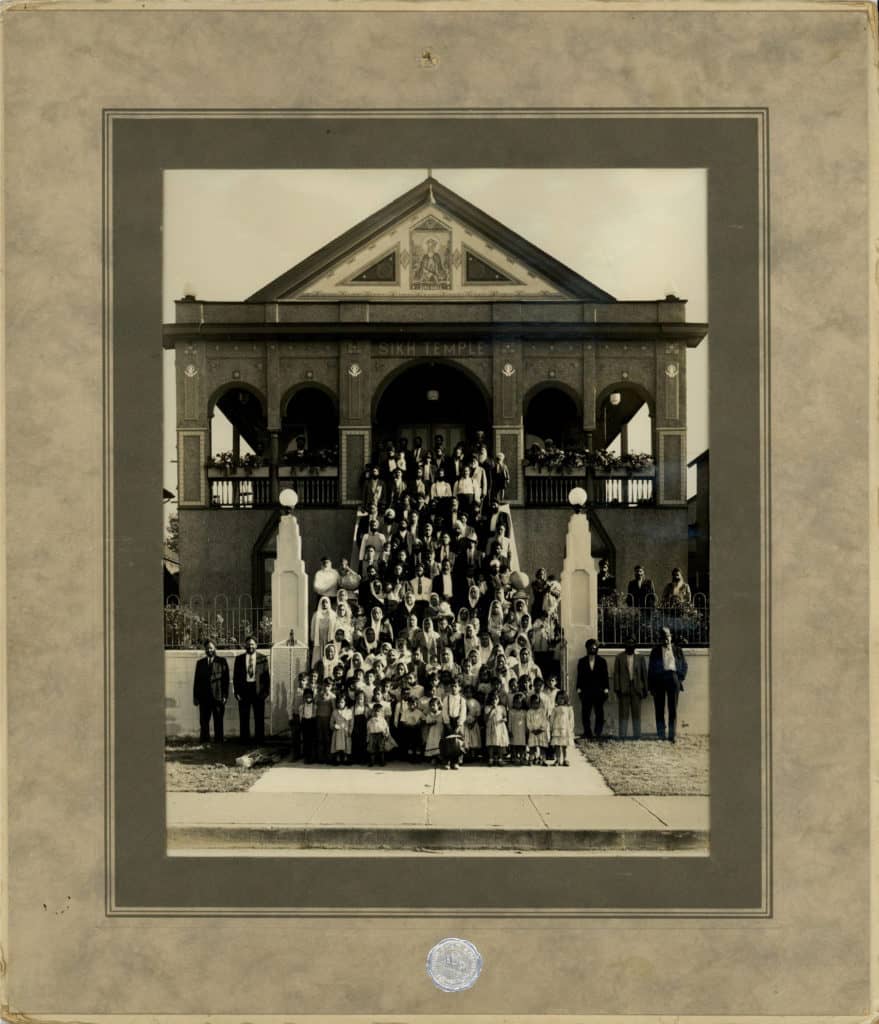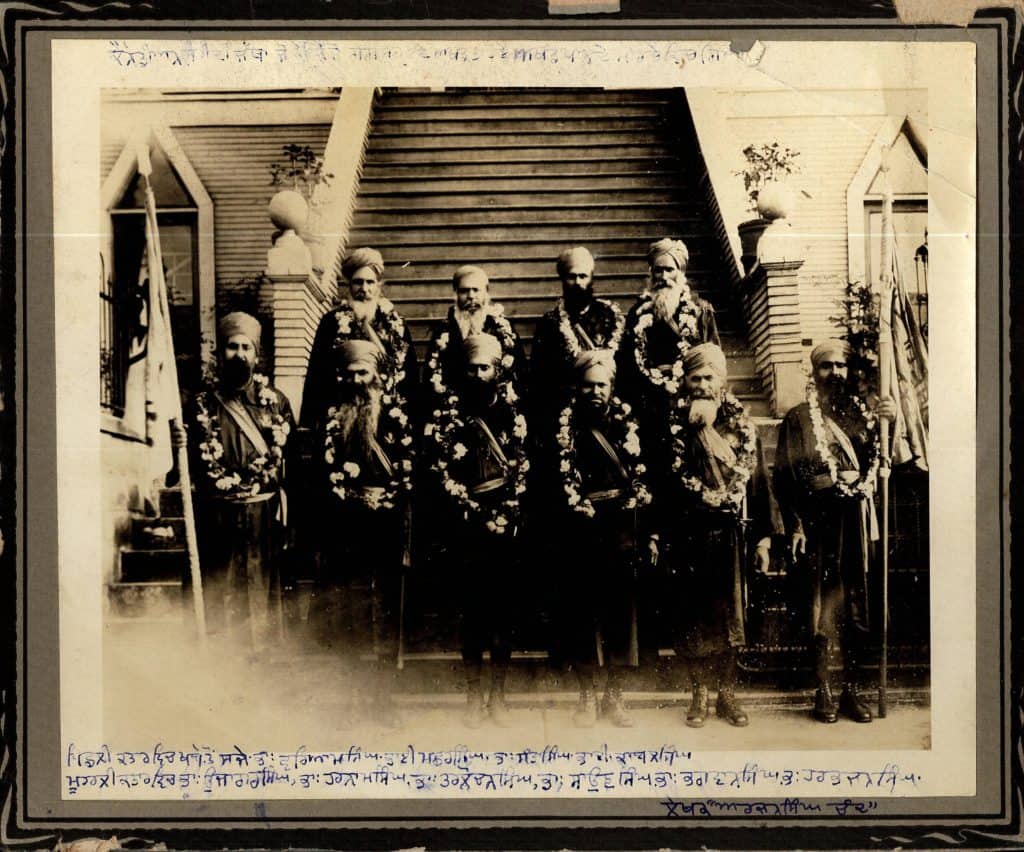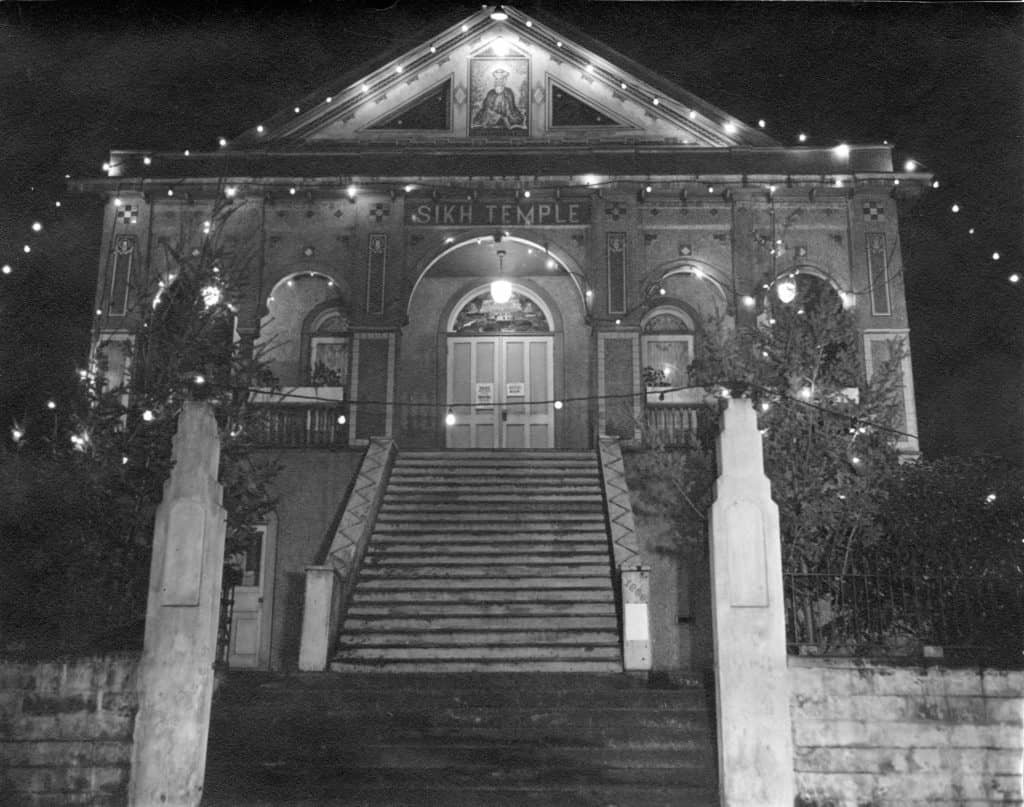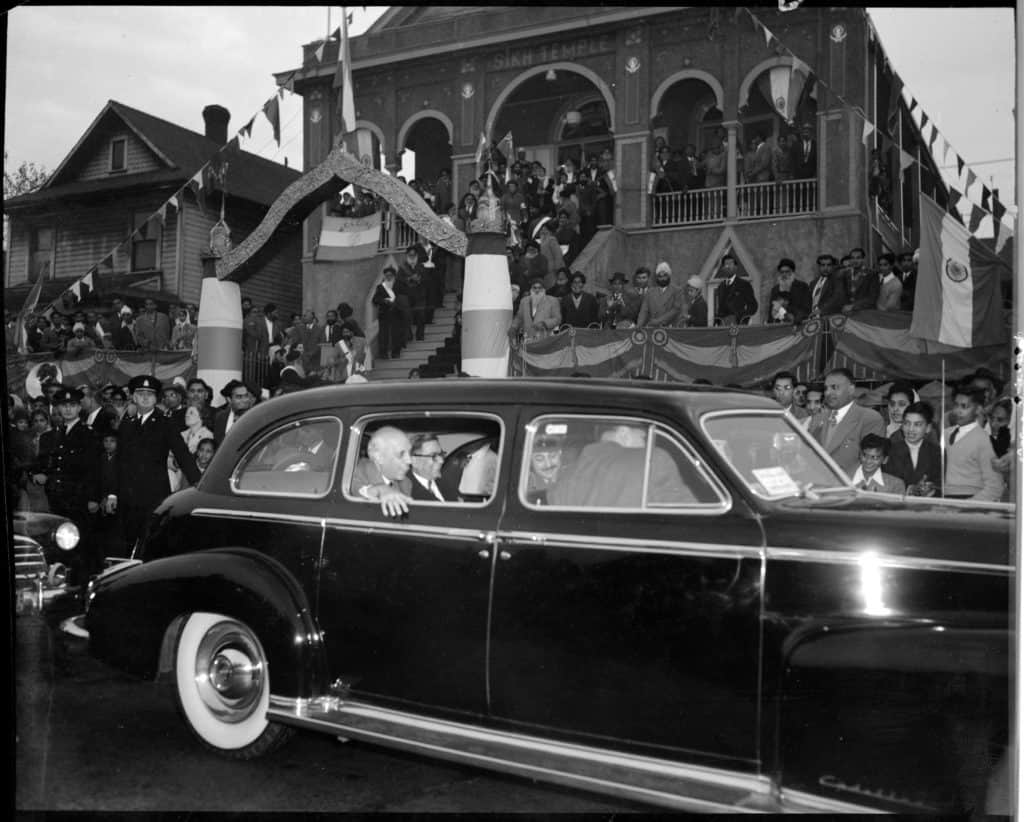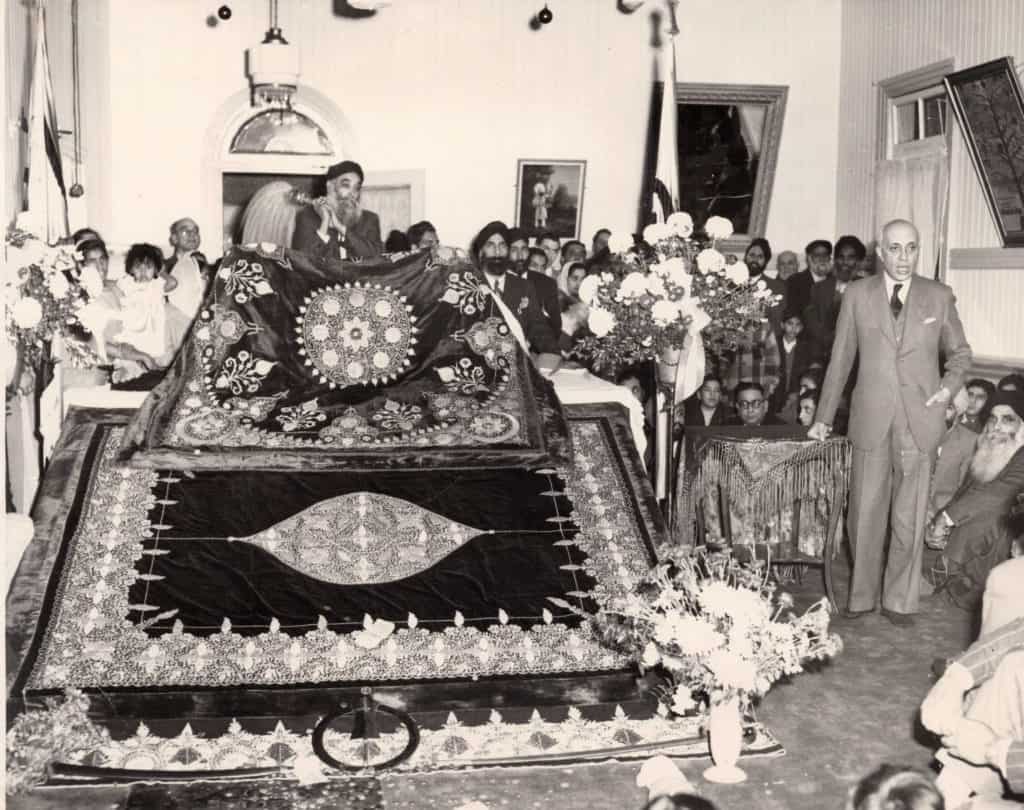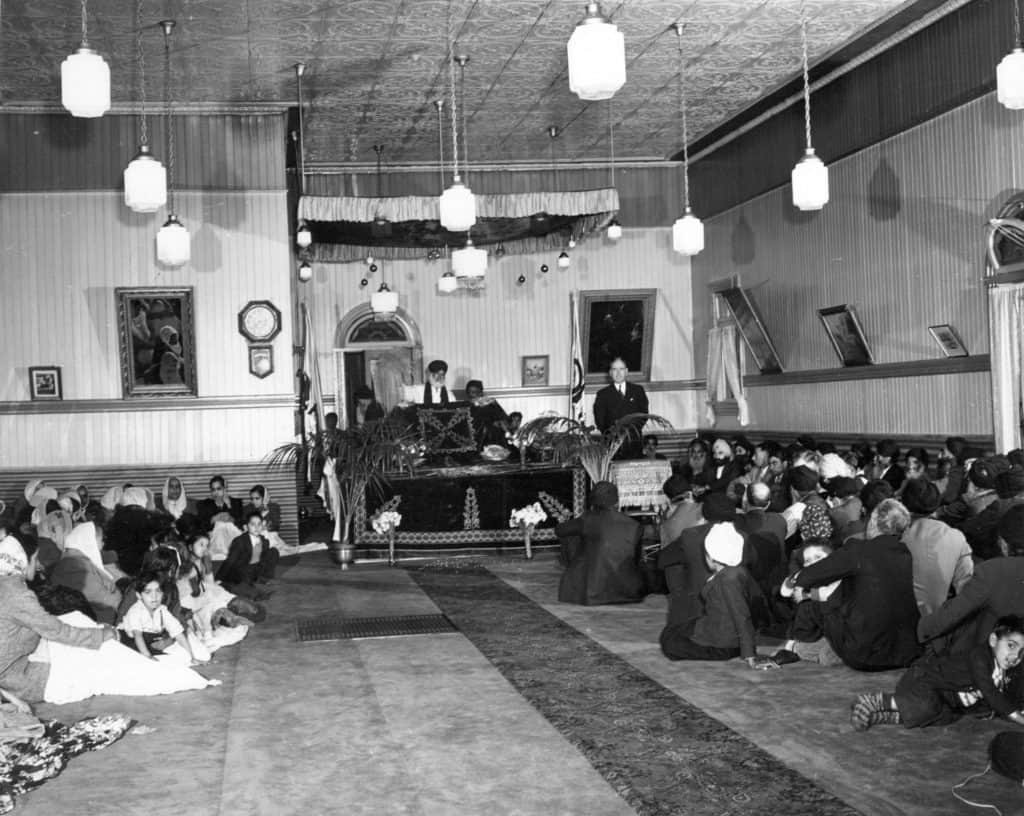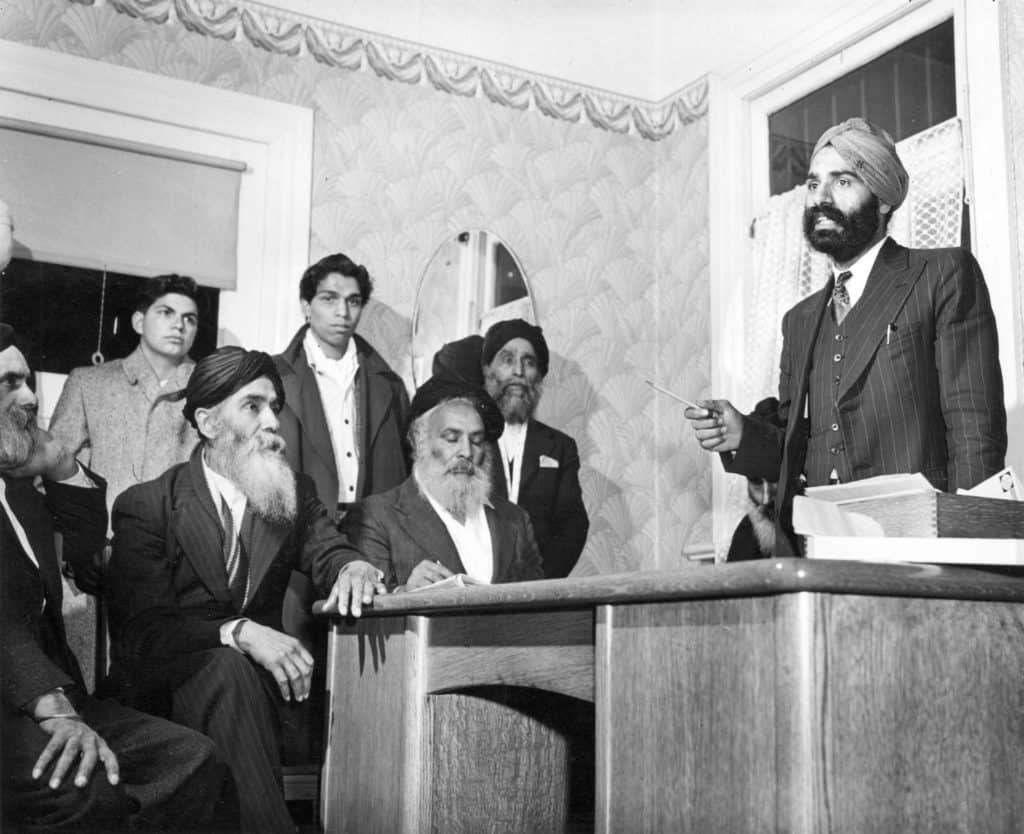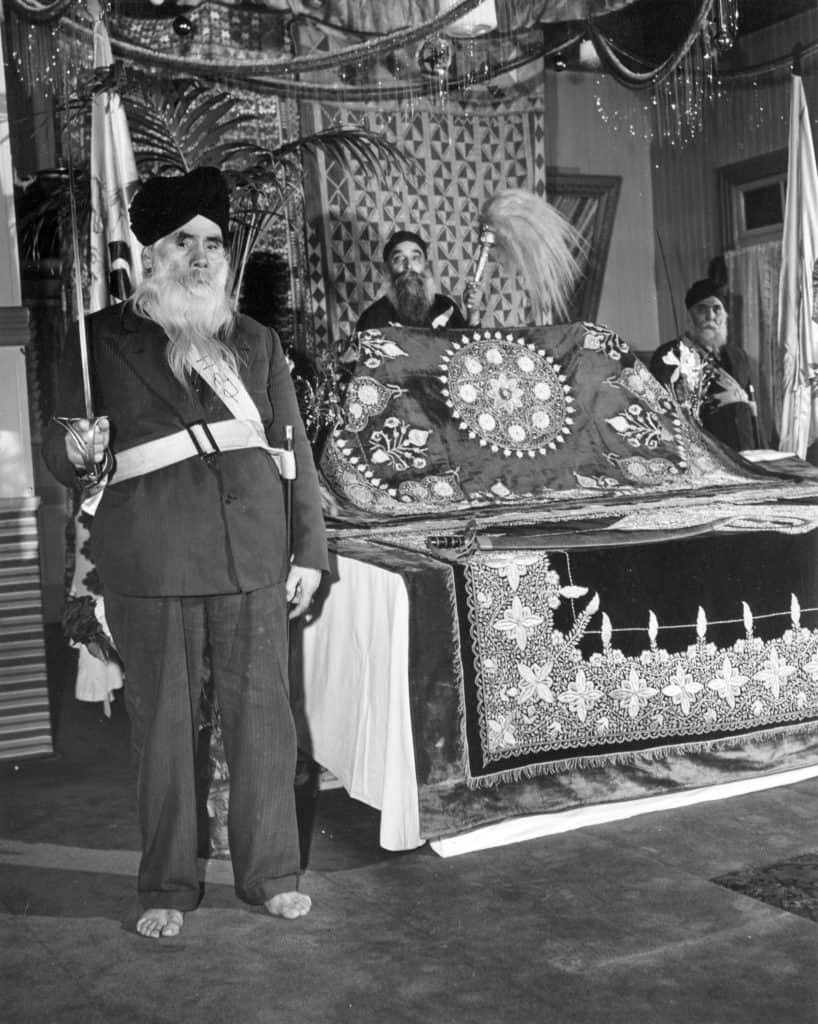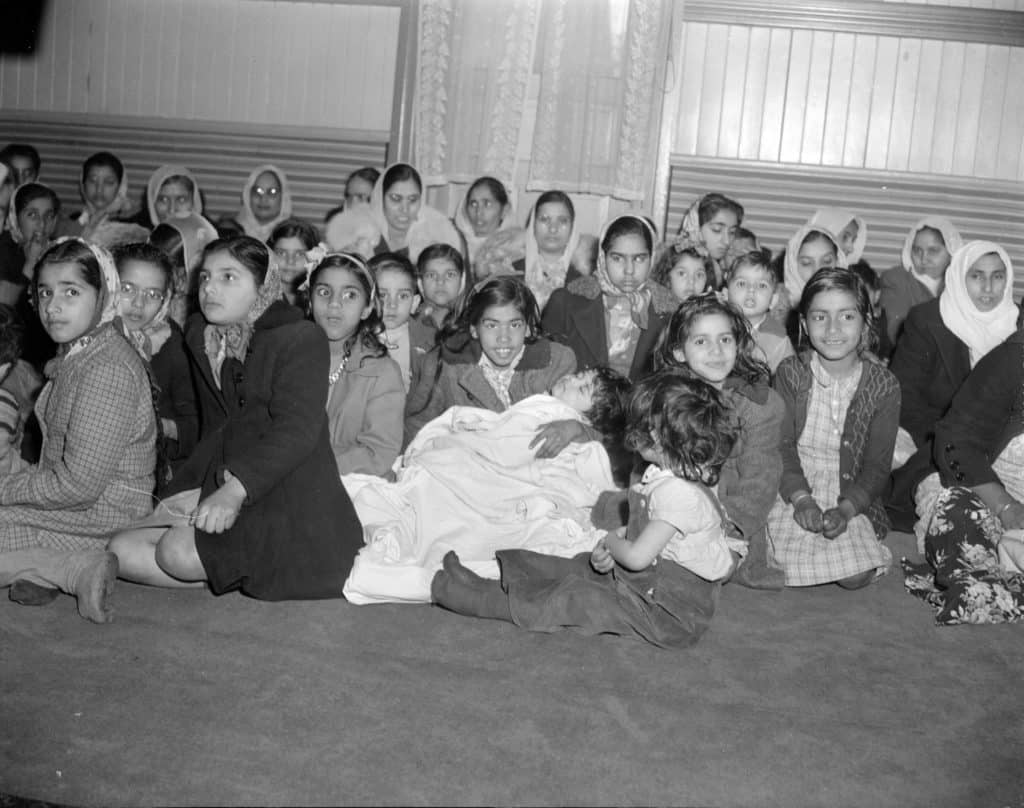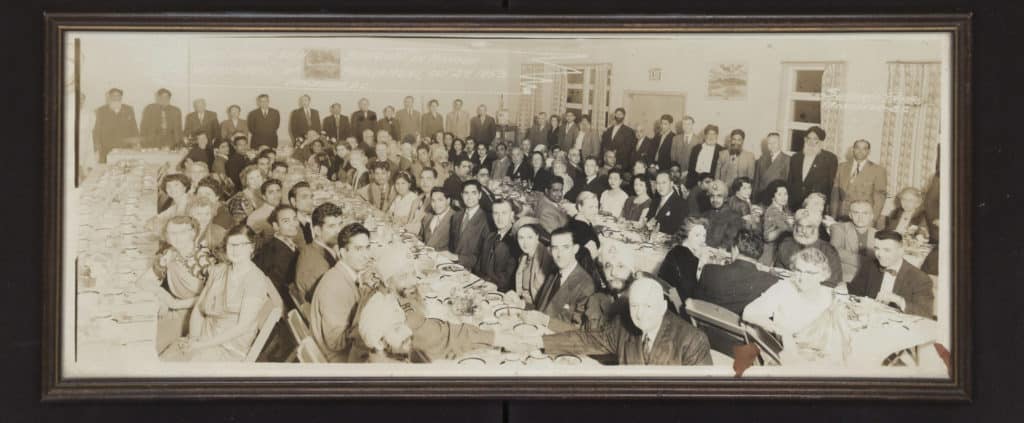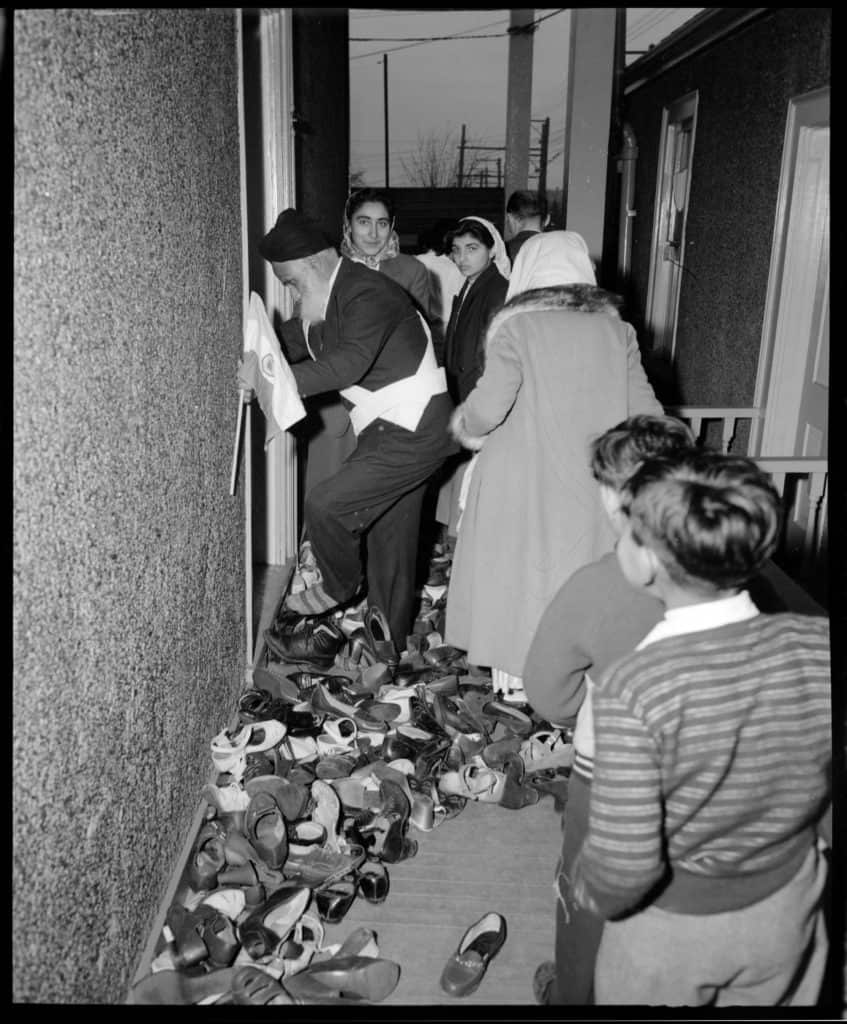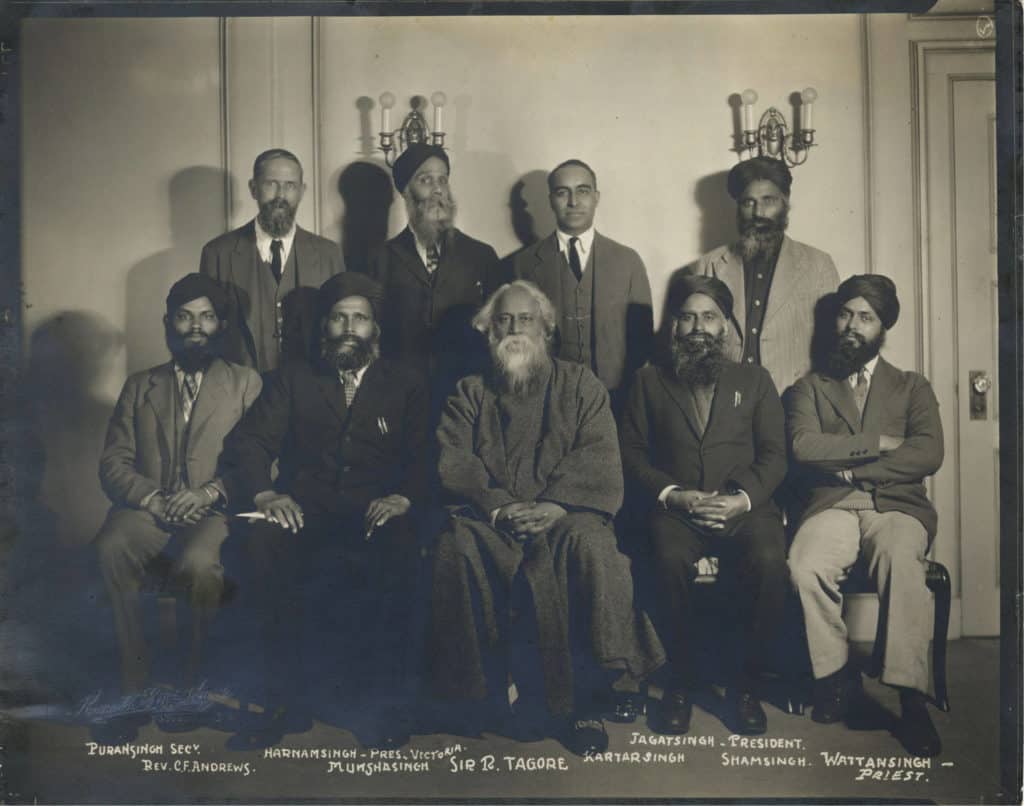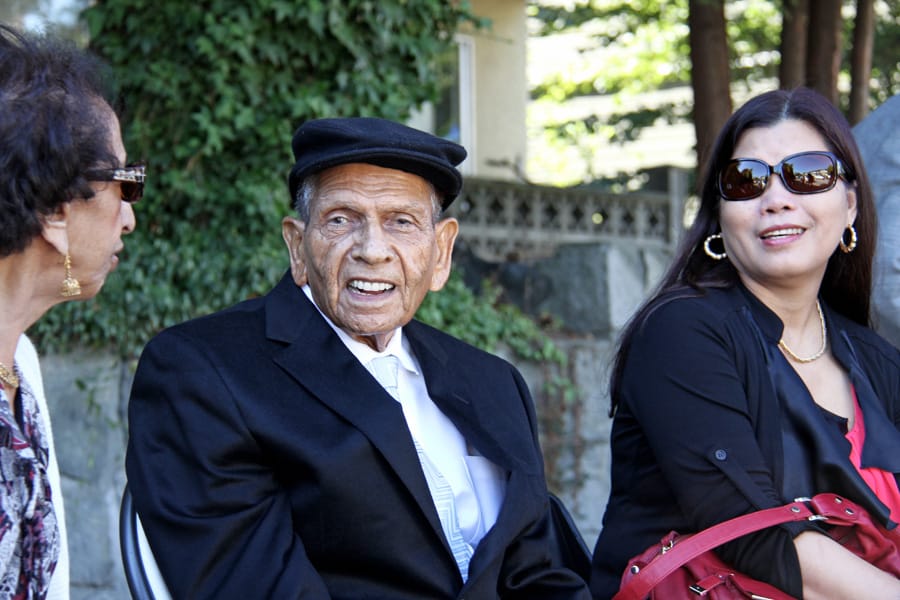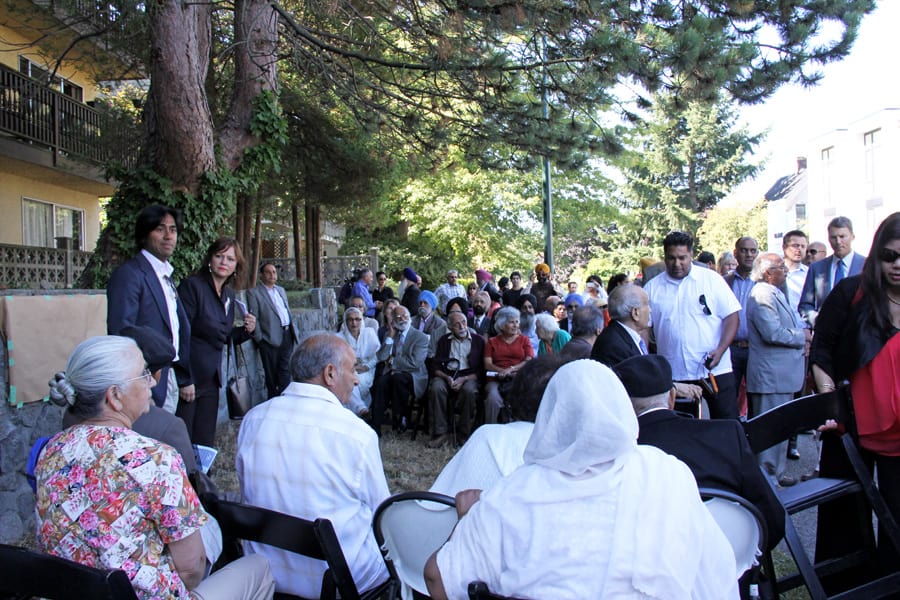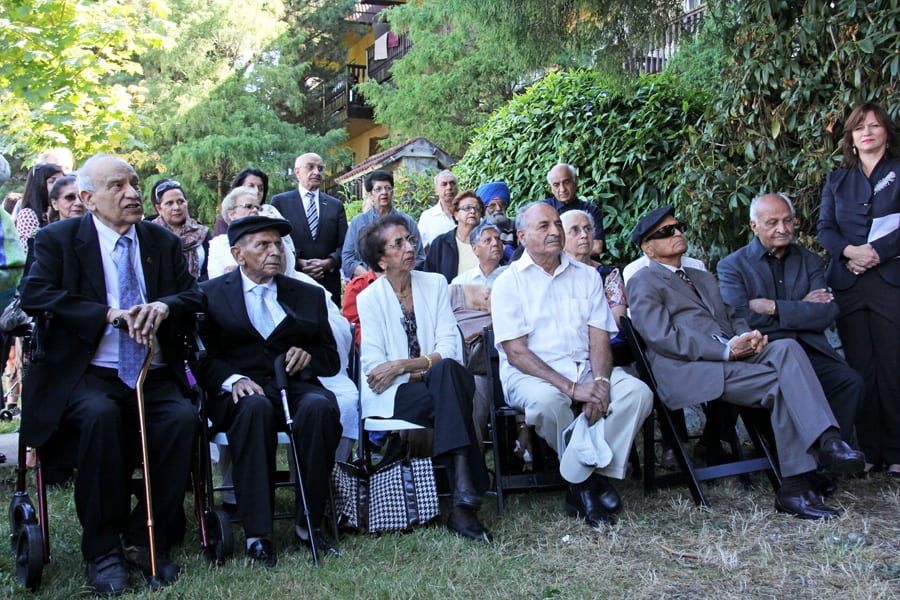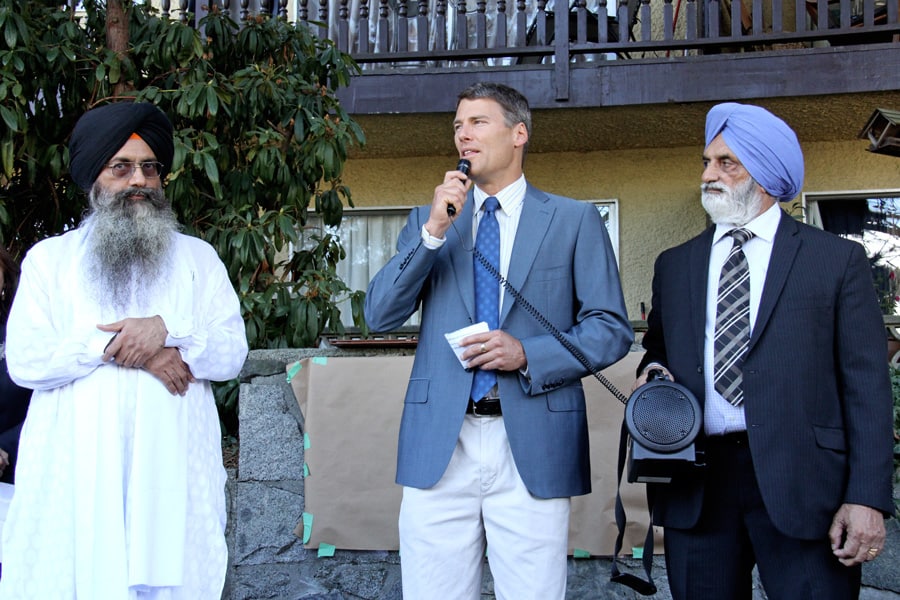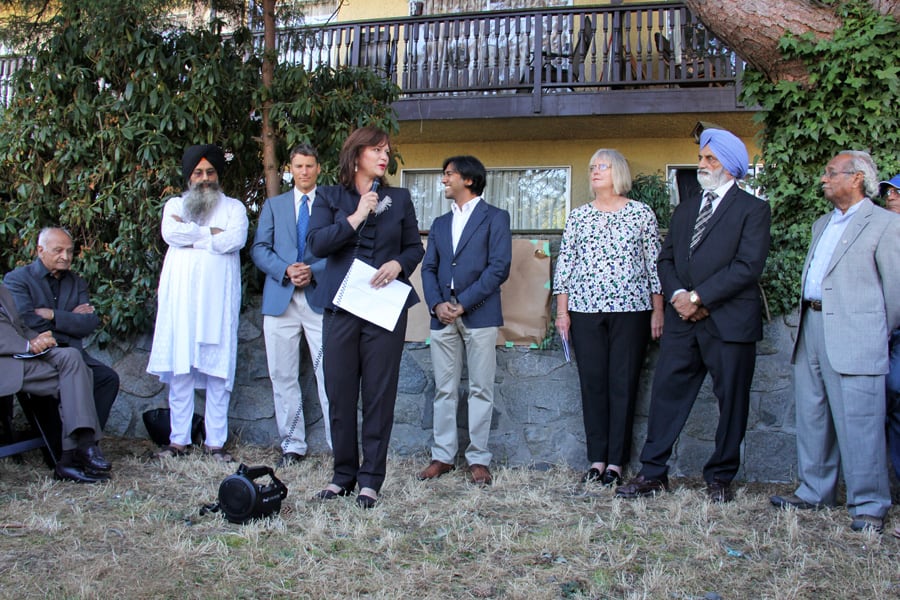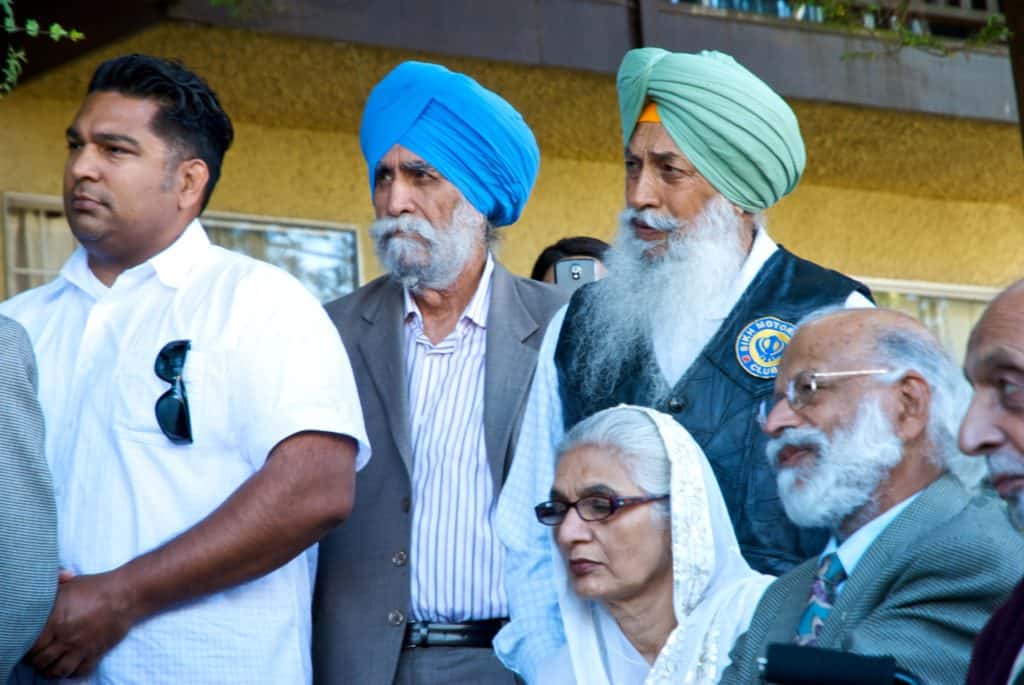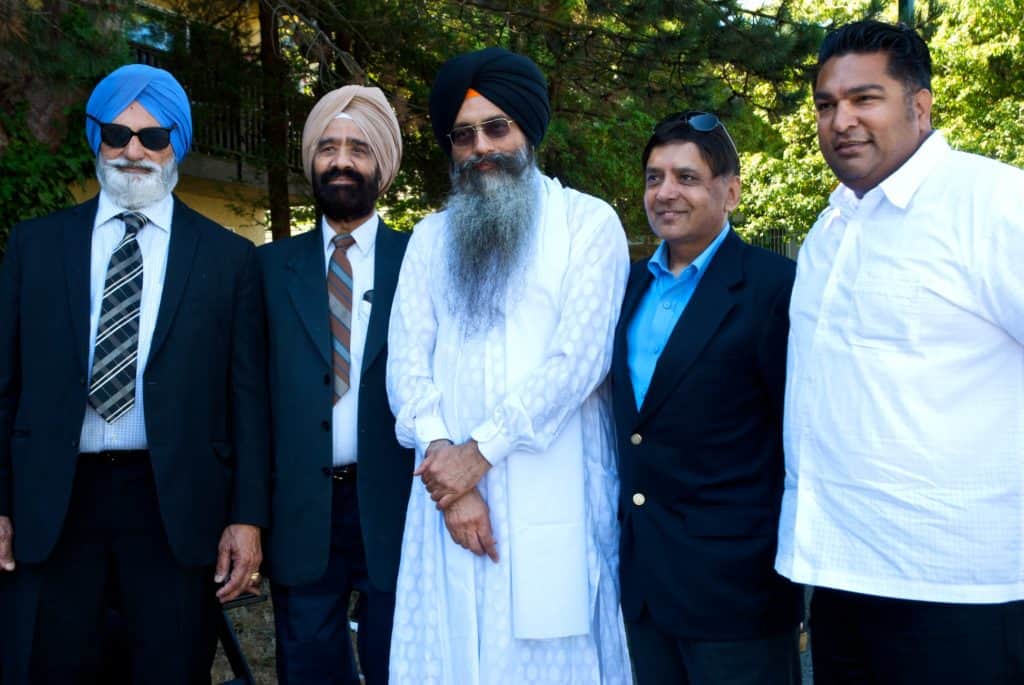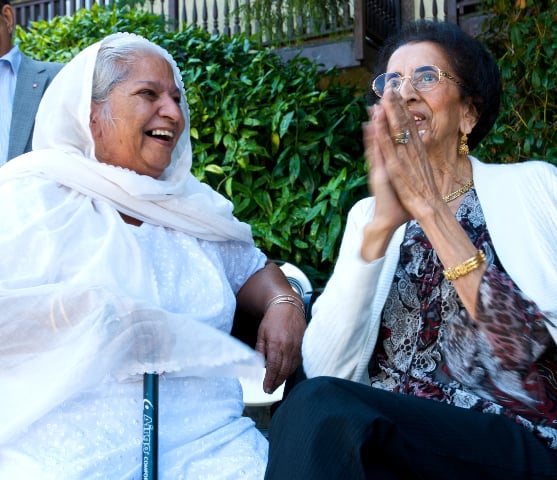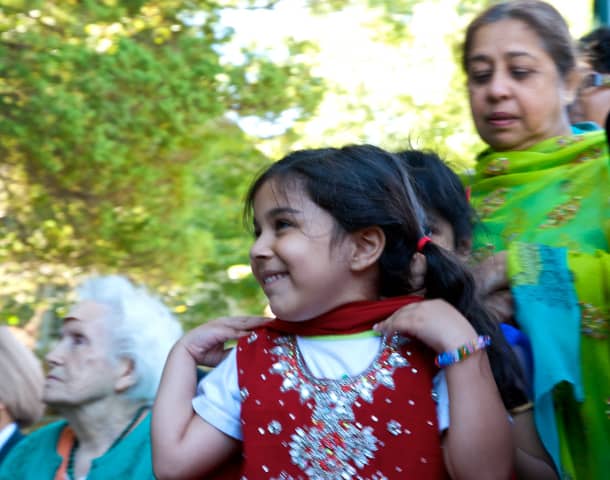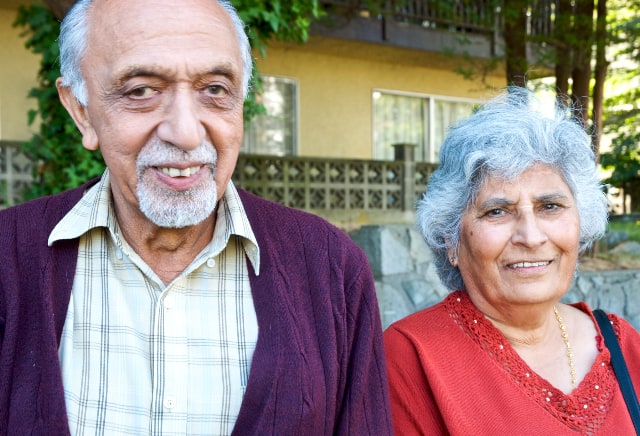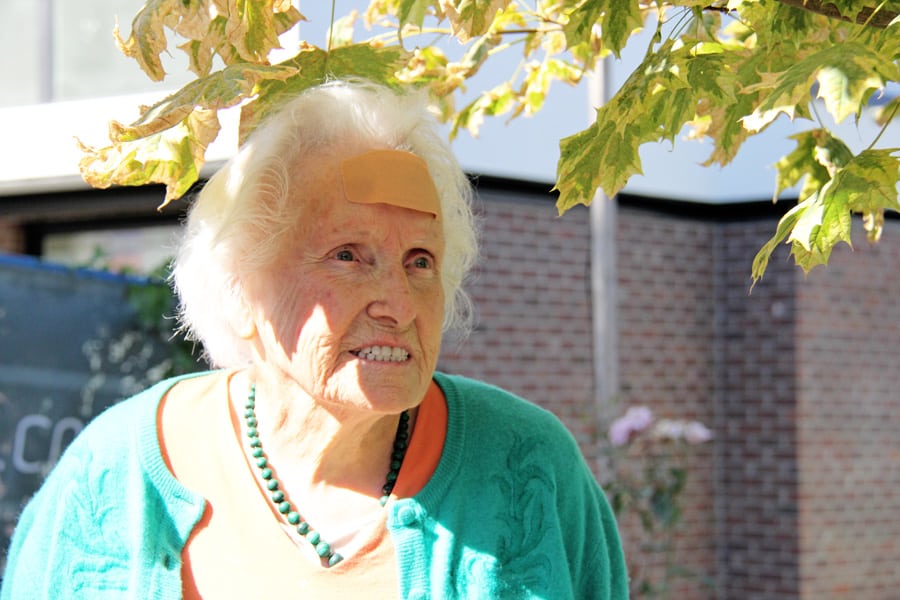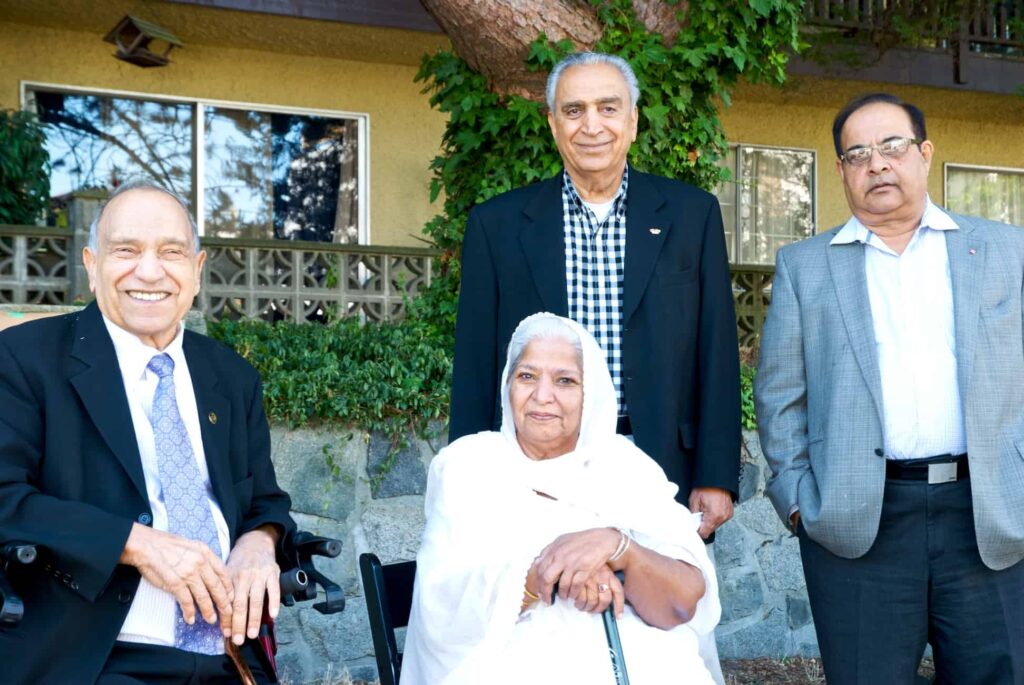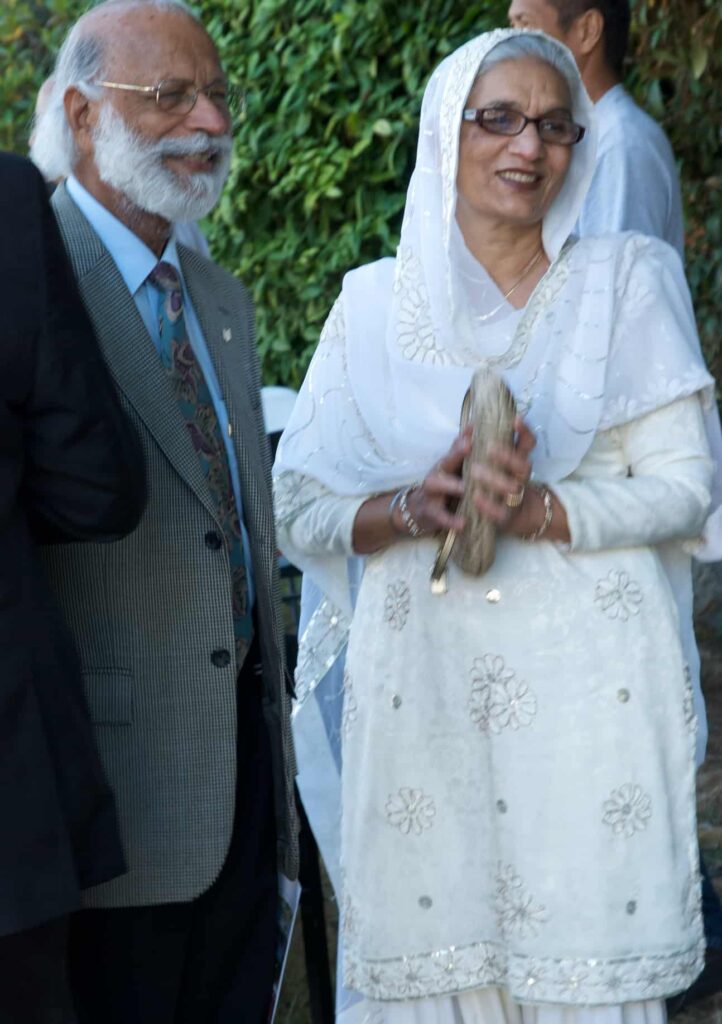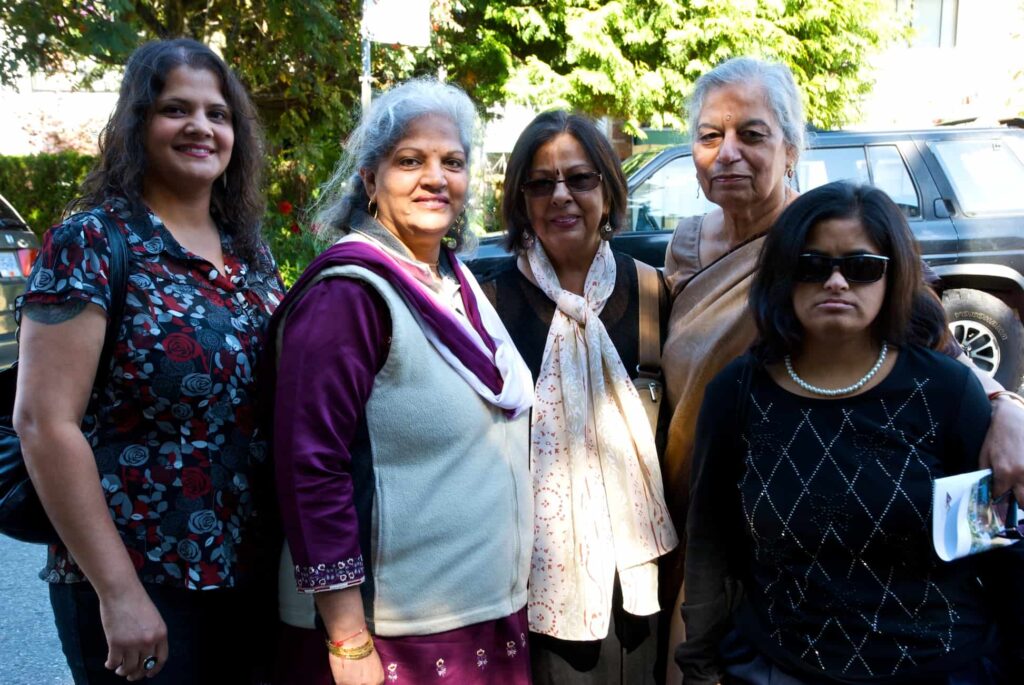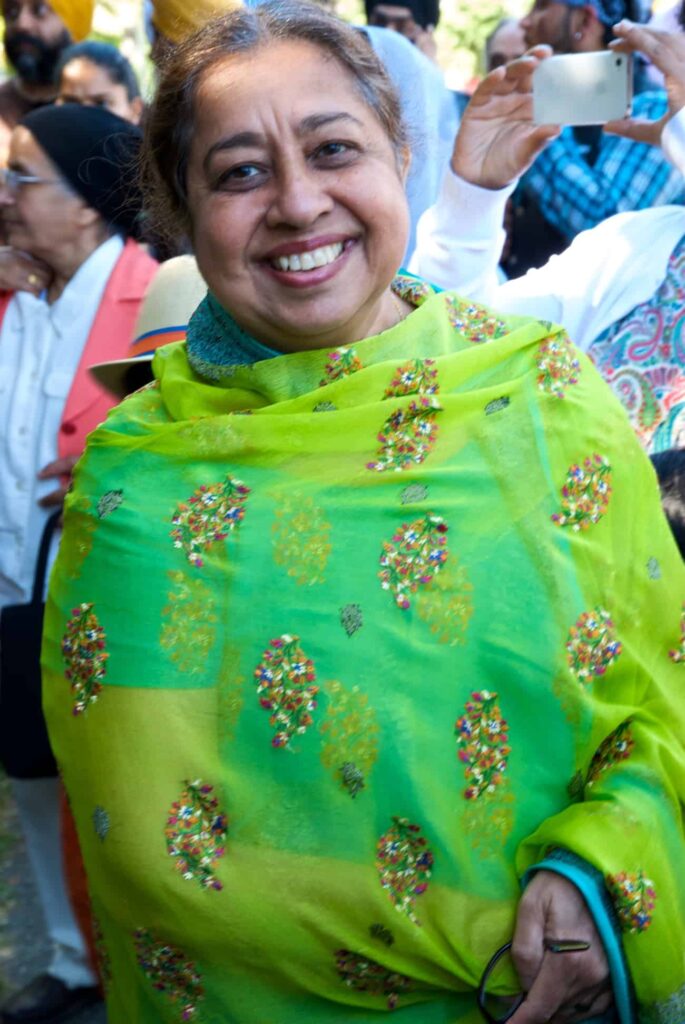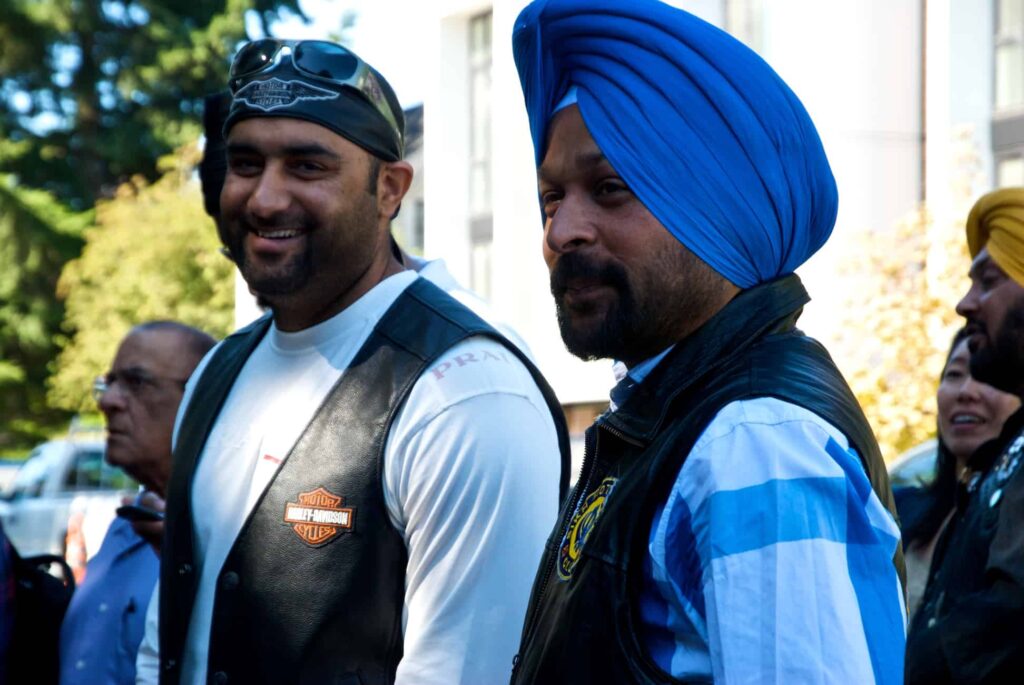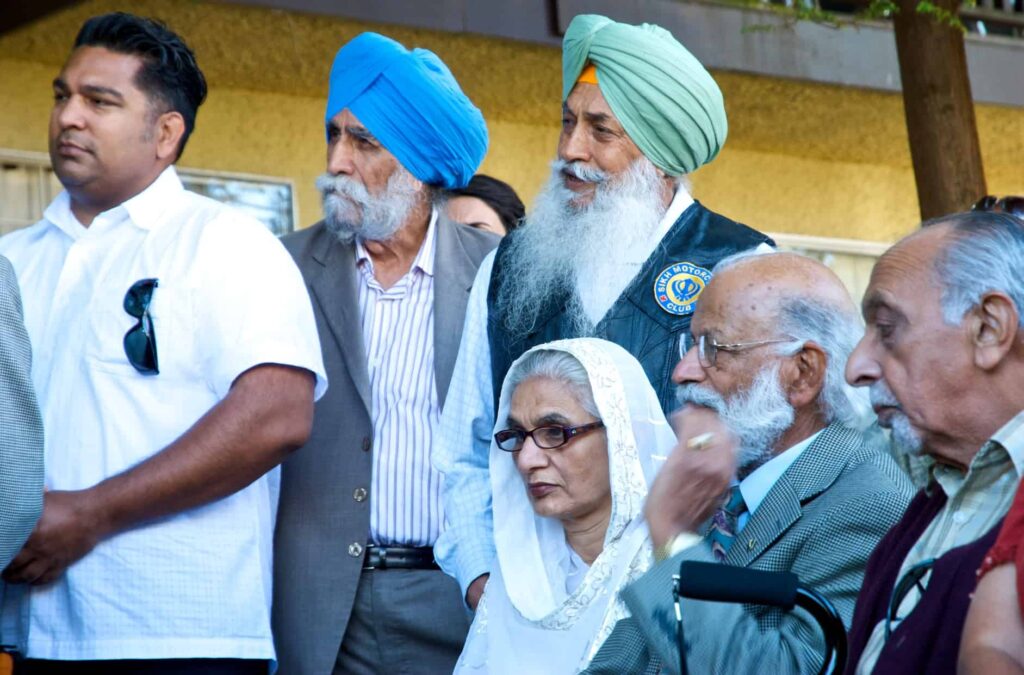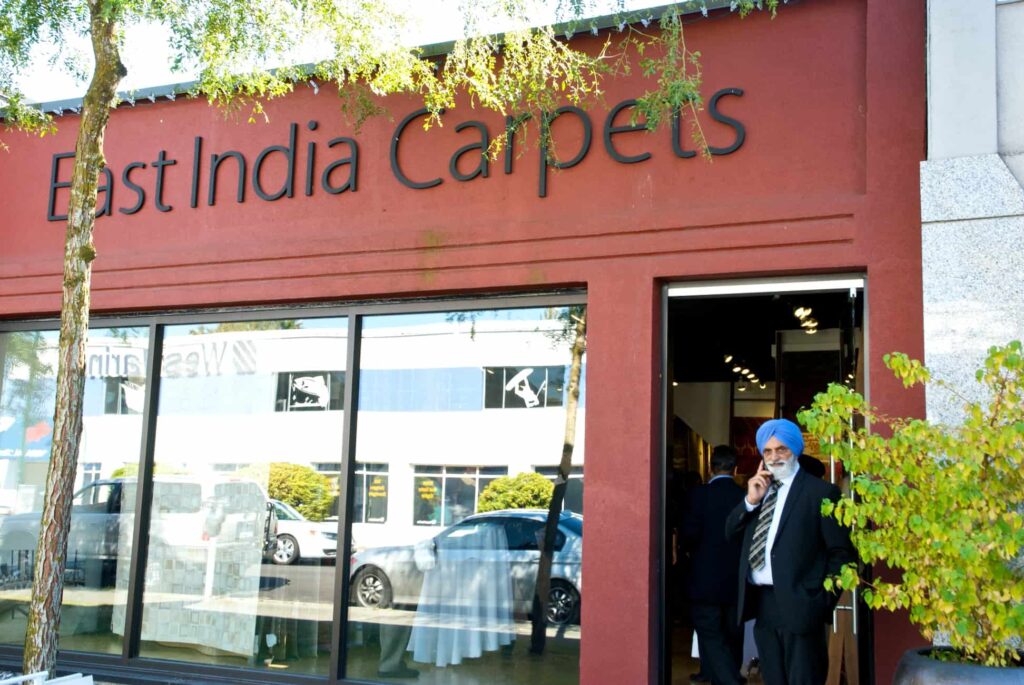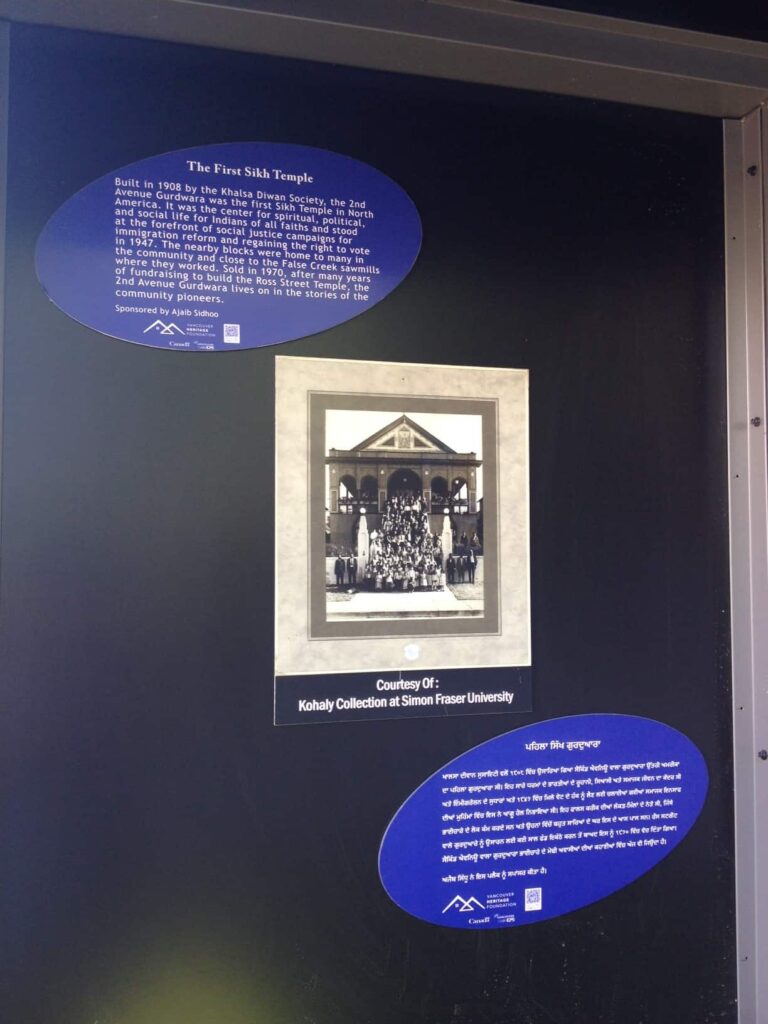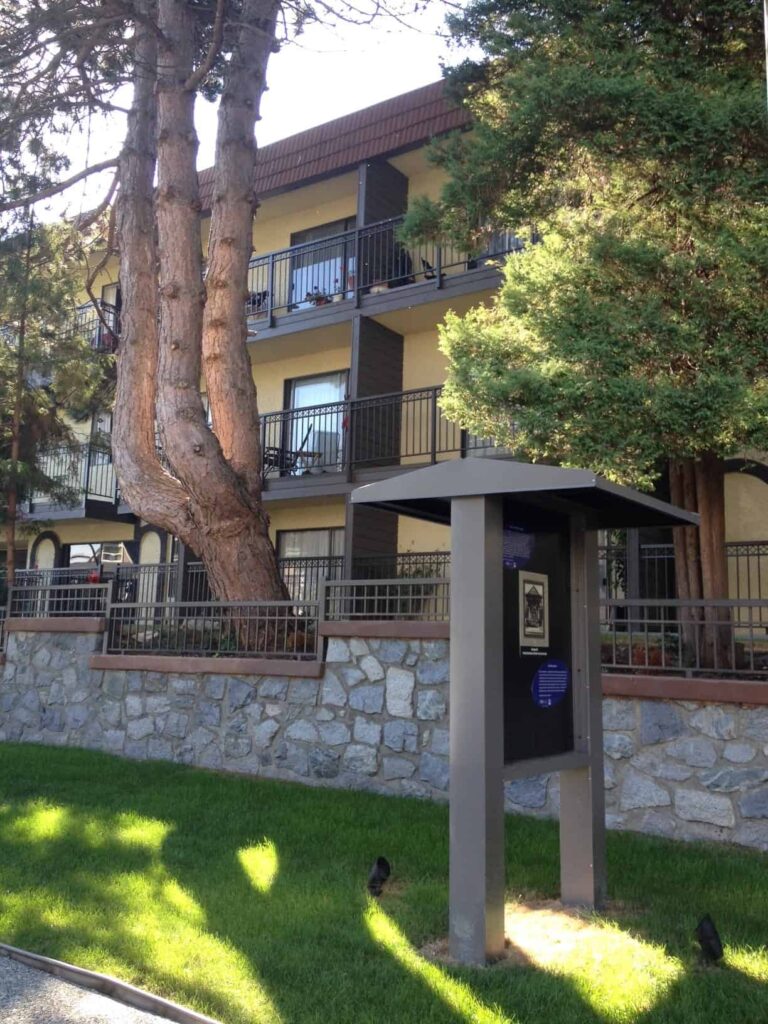A Gurdwara in Kitsilano for over 60 Years
Built in 1908 for the Khalsa Diwan Society and designed by William Henry Archer, the Sikh Temple at 1866 West 2nd Avenue in Kitsilano was the first Gurdwara in Canada. Serving a population of a little over 2000 people at its inception, the Gurdwara continually served a variety of community needs for over sixty years and became a space for dialogue and dynamic community engagement. The Gurdwara was the site for numerous momentous events in the early South Asian story in Canada. It held meetings in support of the Komagata Maru, raised funds for famine relief in India, hosted speeches by North American based movements for Indian Independence (the Ghadar party) and became a stop for visiting Nehru and his daughter Indira in 1949. These international events were balanced by the personal stories of weddings, anniversaries and religious celebrations that fulfilled the needs of the early community and illustrate the private joys of the everyday.
Centred around the economic life of early South Asian pioneers who worked and lived near the False Creek lumber mills, the Second Avenue Gurdwara became a focal point for many of the community’s activities. It was an inter-religious space where non-Sikhs also held executive positions and was at the centre of the social, political, cultural and economic heart of the community. It was a place for new immigrants to learn about new jobs, meet friends, make long distance phone calls and feel a connection to their home countries while building ties to Canada.
From 2nd Avenue to Ross Street
The Second Avenue Gurdwara was replaced with the opening of a new Gurdwara at Marine Drive and Ross Street. The grand opening was a moment of celebration for the community and brought a sense of pride to the many goals it had achieved. Designed by Arthur Erickson and opened in 1970, the Ross Street Temple is the current home of the Khalsa Diwan Society and it opened a historical museum in 2012. The shift in Gurdwara locations dovetailed with a similiar shift in workers to mills along the Fraser River and housing concentrated along South Main and Marine Drive (home of the Punjabi Market).
The Second Avenue Gurdwara building remained in use for several years. After being sold to help pay for the construction of the Ross Street Gurdwara, the building was briefly home for a group of young affordable housing activists called Cool Aid. Although the physical structure is gone (replaced by an apartment building complex), a piece of the building’s artwork lives on. The current Ross Street Temple features a mosaic tile artwork of Guru Nanak (the first Guru of Sikhism). This mosaic occupied a similar place as the central artistic motif of the old Second Avenue Gurdwara. Donated by the Mayo family (of the historic Paldi lumber mill) this image stands as a marker to the threads of the past, the struggles and successes of the pioneer community.
East India Carpets- 1606 W 2nd Avenue
Jab Sidhoo established East India Carpets in 1948 and the family business continues to operate 70 years later. Jab’s own history in Canada starts in Sooke then brings him to Kitsilano where family was working at the nearby lumberyard. There are many stories to tell, including Jab being one of original founders of the BC Lions. Visit the store to see the history wall, and soon we’ll post the SFU Special Collections digitization of Jab Sidhoo’s archival images and documents.
We gathered and commemorated the site of the First Sikh Temple at 1866 W 2nd Avenue on September 15th, 2012 with over 100 attendees from former residents, current neighbours, politicians, the Sikh motorcycle club, bhangra dancers and the public. Speeches and the plaque unveiling were followed by a reception at East India Carpets. Today, the plaques and photo are mounted on a lit stand, kindly created by the building owners. Various special walking tours, school group tours and related programming has taken place since the plaque was installed and we will continue to work with the community to document more about the Sikh community history in Kitsilano.
1860 West 2nd Avenue: Apartments since 1980s.
Sources
- Chadney, James. The Sikhs of Vancouver. Map of residences from 1959-1970. p. 108-109.
- Kamala, Elizabeth Nayar, The Making of Sikh Space: The Role of the Gurwara in Asian Religions in British Columbia. UBC Press 2010, p. 46.
- Ali Kazimi, Undesireables: White Canada and the Komagata Maru (D&M 2012)
- Harjit Kaur Dhillon. Personal Interview, June 16, 2009.
- Kluckner, Michael. Vancouver Remembered, p. 27
- Komagata Maru Journey website
- Luxton, Don. Building the West pp. 250
- Sadhu Singh Dhami, Maluka: Vol. 1 Punjabi Art Association 1978, p. 88-89



